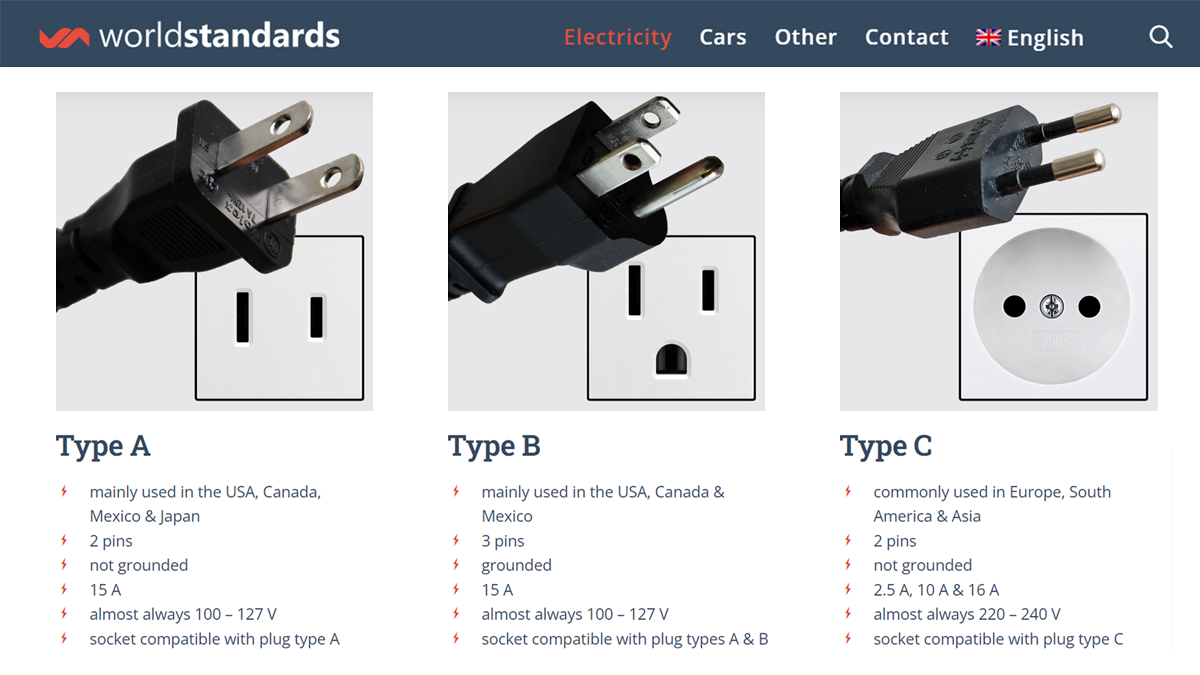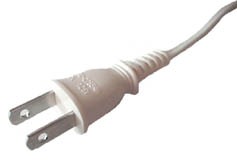I recently had someone insisting to me that the US electrical standard was 110v. I said, "Actually it's 120 and 240 currently. Ha ha puns!" But that got me wondering why everyone thinks it's 110.
I found this video.
And this bit of Wikipedia knowledge.

I've also found discussions on other sites.
 www.eng-tips.com
www.eng-tips.com
Which includes, "I remember reading (and I have been looking for the reference for decades now) that a decision was taken to increase the voltage to 150 Volts. This was to be done at the rate of 1/2 Volt per year." I find that very interesting.
Theoretically we could eventually get to pretty high voltages arriving at residences which could provide much higher rates of charge for EVs at home.
The better solution would probably be to just start dropping 480 into homes and have bi-directional CCS.
I found this video.
And this bit of Wikipedia knowledge.

I've also found discussions on other sites.
History of secondary voltages in US - Electric power & transmission & distribution - Eng-Tips
I am writing an article and I would like to find out if there is some history (real numbers) of secondary voltages in the US. That is voltages actually supplied
Which includes, "I remember reading (and I have been looking for the reference for decades now) that a decision was taken to increase the voltage to 150 Volts. This was to be done at the rate of 1/2 Volt per year." I find that very interesting.
Theoretically we could eventually get to pretty high voltages arriving at residences which could provide much higher rates of charge for EVs at home.
The better solution would probably be to just start dropping 480 into homes and have bi-directional CCS.






